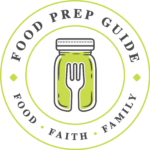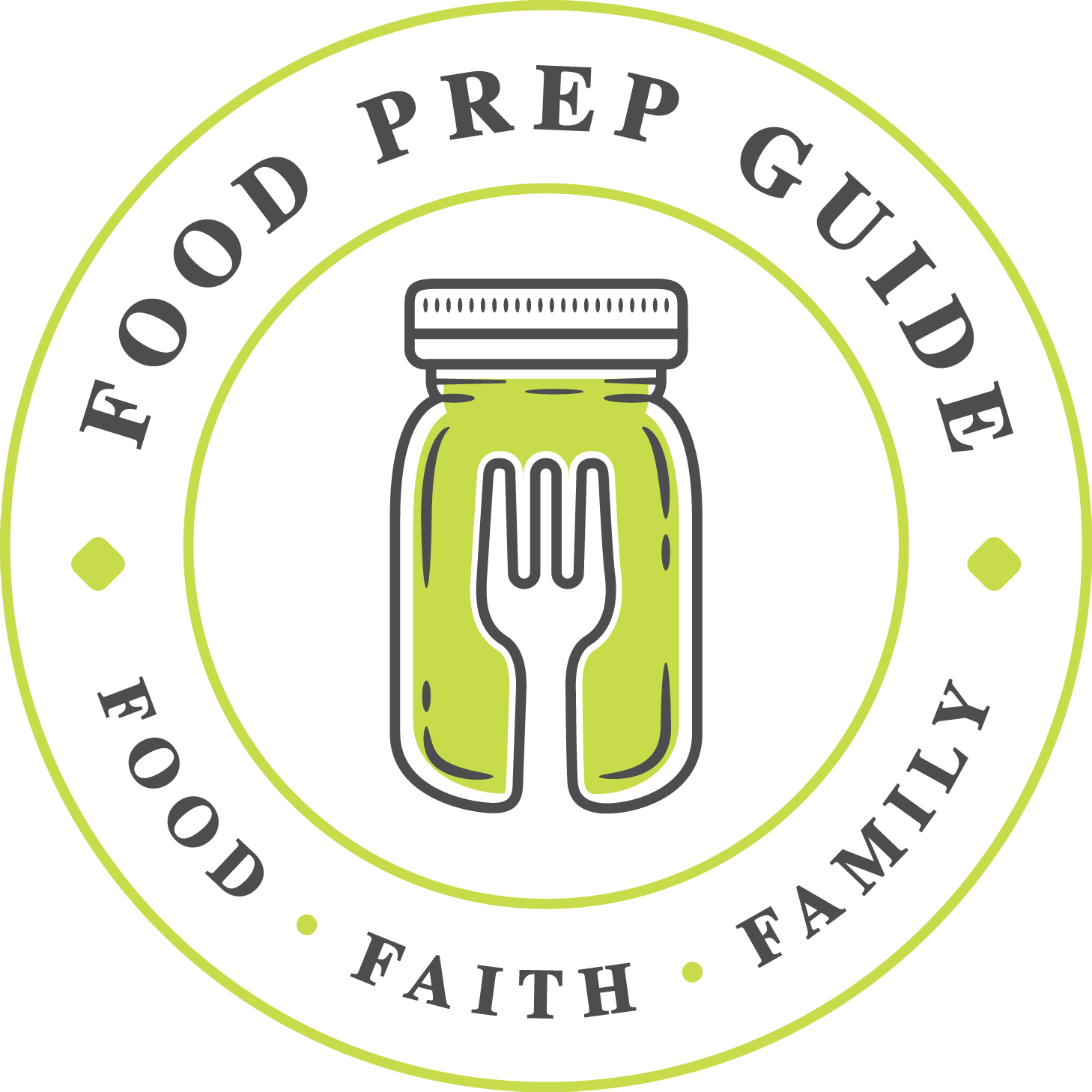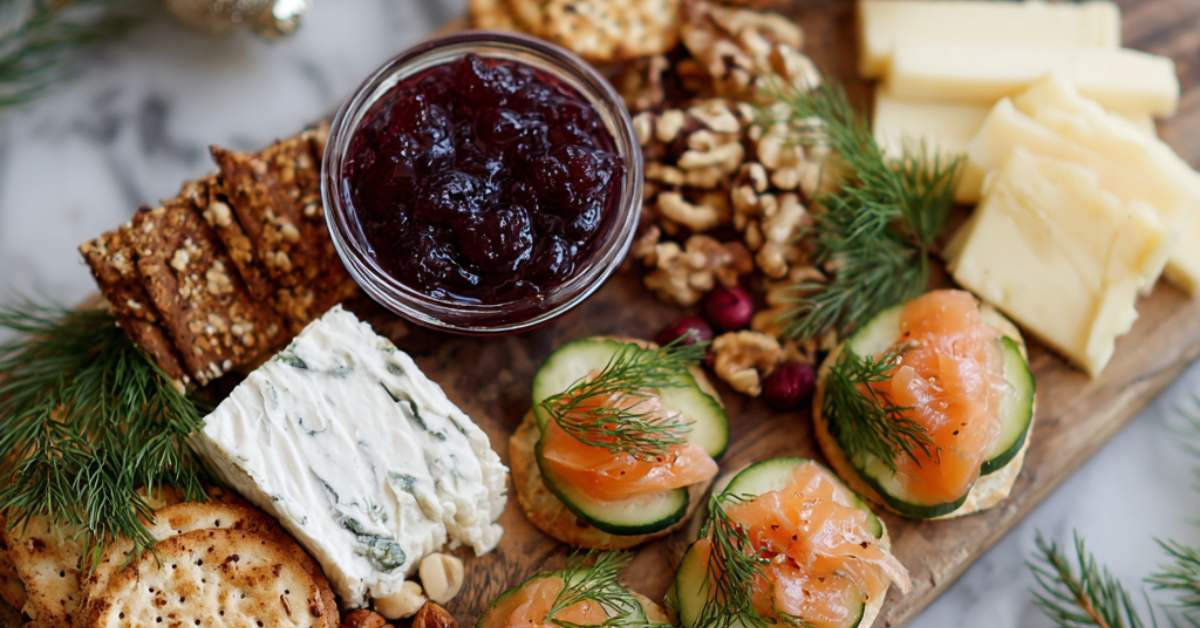Does “false seal” sound a little scary?
It implies that the jar looks sealed … but it isn’t. That can be a tad startling for new canners.
But don’t worry. It’s easy to identify a false seal and avoid eating unsealed food.
We’ll cover all the signs to look for and more in today’s post. Let’s get started!
What Is a False Seal?
A false seal in canning occurs when the lid of your jar doesn’t properly seal, creating the illusion that it’s securely stuck to the jar.
This can be problematic for the preservation of your canned food, as it might expose it to airborne microorganisms, leading to spoilage and potential food-borne illnesses like botulism.
There are a few common reasons why false seals happen:
- Incorrect lid placement: If your lid isn’t placed properly on the jar, it might appear to be sealed at first, but it won’t create a vacuum to preserve the contents.
- Substances on the jar rim: Sometimes, food or other substances on the rim of the jar can prevent the lid from forming a tight seal.
- Canning ring issues: If the canning ring isn’t tightened enough, it may lead to an improper seal.
How False Seals Happen
False seals in canning can happen for a variety of reasons.
One of the most common causes is debris (like food particles) stuck on the rim of the jar. That’s why it’s important to gently wipe the rims before placing lids on the jars.
Another factor to consider is the proper placement of the lid. If the lid isn’t centered on the jar, it can prevent a proper seal from forming. When applying the lids, make sure they are centered on the jar and the sealing compound is in contact with the rim.
The filling process can also contribute to false seals. Overfilling or underfilling jars can cause difficulties in achieving a proper seal.
The headspace—which is the empty space between the food and the lid—is crucial for proper vacuum formation.
Always follow the recipe guidelines for recommended headspace as it varies from food to food.
Temperature can also play a role in creating a false seal. If you’re processing jars using the hot water bath method, it’s important that the water temperature is at a rolling boil.
If the water temperature is too low, it may not adequately heat the jar contents, which is necessary for creating a vacuum and achieving a proper seal.
Preventing False Seals
To prevent false seals in your canning process, follow these steps:
- Ensure the jar rims are wiped clean before placing the lid and processing.
- Use the appropriate recipe and processing method for the food being canned.
- Do not overfill or underfill the jars.
- Make sure to use new lids and never reuse old ones.
- Adjust for elevation when calculating processing times.
- Secure the bands snugly, but do not overtighten them.
Prices pulled from the Amazon Product Advertising API on:
Product prices and availability are accurate as of the date/time indicated and are subject to change. Any price and availability information displayed on [relevant Amazon Site(s), as applicable] at the time of purchase will apply to the purchase of this product.
By adhering to these principles, you can reduce the chances of encountering false seals in your canning endeavors.
What to Do if a False Seal Occurs
If you detect a false seal within 24 hours of the cooling phase, you can address this issue by:
- Carefully transferring the contents to a new, clean jar.
- Reprocessing the food with a new lid according to the original recipe and processing guidelines.
- If you don’t want to reprocess the jar, you can stick it in the fridge and use within 3-4 days.
However, if you identify a false seal after 24 hours, it is safer to discard the contents as food spoilage might have occurred.
You can minimize waste by closely monitoring the canning process and implementing the steps outlined in this section.
By understanding how to spot and handle false seals, you’ll have greater confidence in your home canning projects and ensure the safety and quality of your preserved foods.
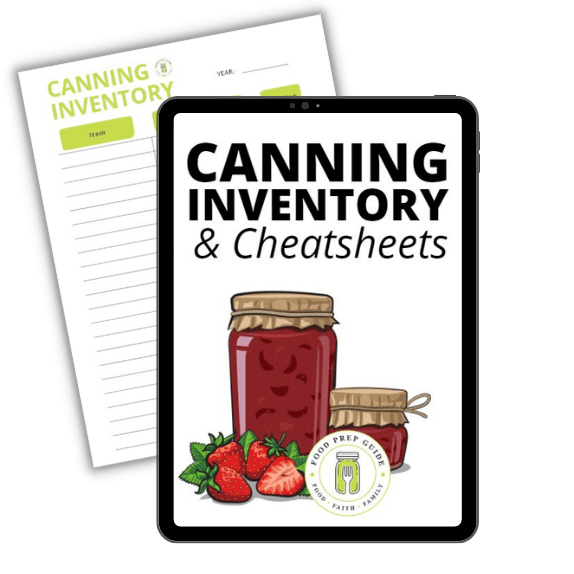
How to Check a Canning Seal
Remember, it’s best not to touch your jars for 12-24 hours after they come out of the canner. Don’t test your seals until the allotted time has passed.
When ready, here are 3 ways you can test for a sound seal:
The Press Test
Use your finger to press in the middle of the lid. If the center goes down and pops back up, the lid isn’t sealed properly. A properly sealed lid will be concave and won’t move when pressed.
The Tapping Sound Test
Another way to check the seal is the sound test. Tap the lid gently with the bottom of a metal spoon. A clear, high-pitched sound indicates a vacuum seal has occurred. If you hear a dull or flat sound, the jar isn’t sealed properly.
The Gentle Lift Test
Additionally, you can try a simple (and careful) lift test. Remove the bands from your jars, and hold the jar by the edges of the lid.
Gently lift the jar only an inch or two off the countertop. A well-sealed jar will hold the weight of its contents, and the lid should not separate from the jar.
You may want to place a towel on your counter to “catch” and cushion the jar in case it falls.
Frequently Asked Questions
Do Canning Jars Seal As They Cool?
Yes, canning jars typically seal as they cool down. When the hot contents inside the jar start to cool, it creates a vacuum effect that pulls the lid down and forms a seal.
This process can take anywhere from a few minutes to several hours, depending on the size of the jar and the temperature of the contents. It is important to allow the jars to cool undisturbed to ensure proper sealing.
Can Siphoning Cause a False Seal?
Siphoning can indeed cause a false seal. Siphoning occurs when the liquid inside the jar spills out during processing, causing the jar’s contents to get trapped under the lid.
This can lead to incomplete sealing or a false seal because the product under the lid interferes with the vacuum effect. To prevent siphoning:
- Fill your jars to the recommended headspace
- Remove air bubbles before sealing the lid
- Avoid rapid temperature changes by letting your jars sit in the canner, but off of the heat, for 5-10 minutes after processing.
Even after you’ve verified a solid seal, remember to store your jars in an accessible place so you can check the lids every other month or so.
FREE FOOD STORAGE PLAN!
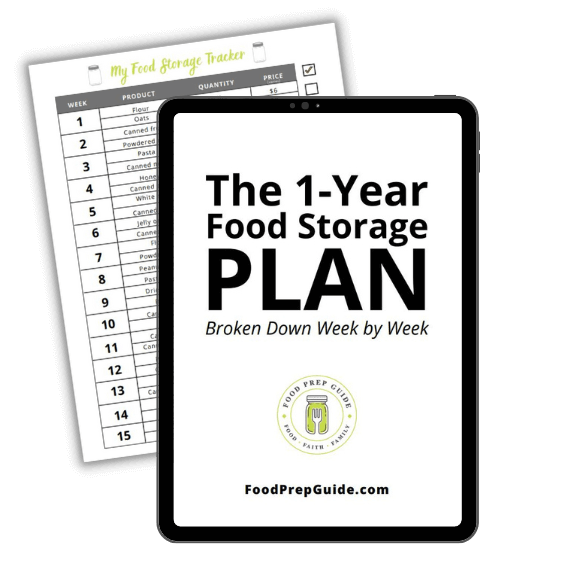
Does gathering and storing a year’s worth of food for your family seem overwhelming and unachievable?
Make it easy with our step-by-step plan. Subscribe to our weekly newsletter & we’ll send it to you FREE!
